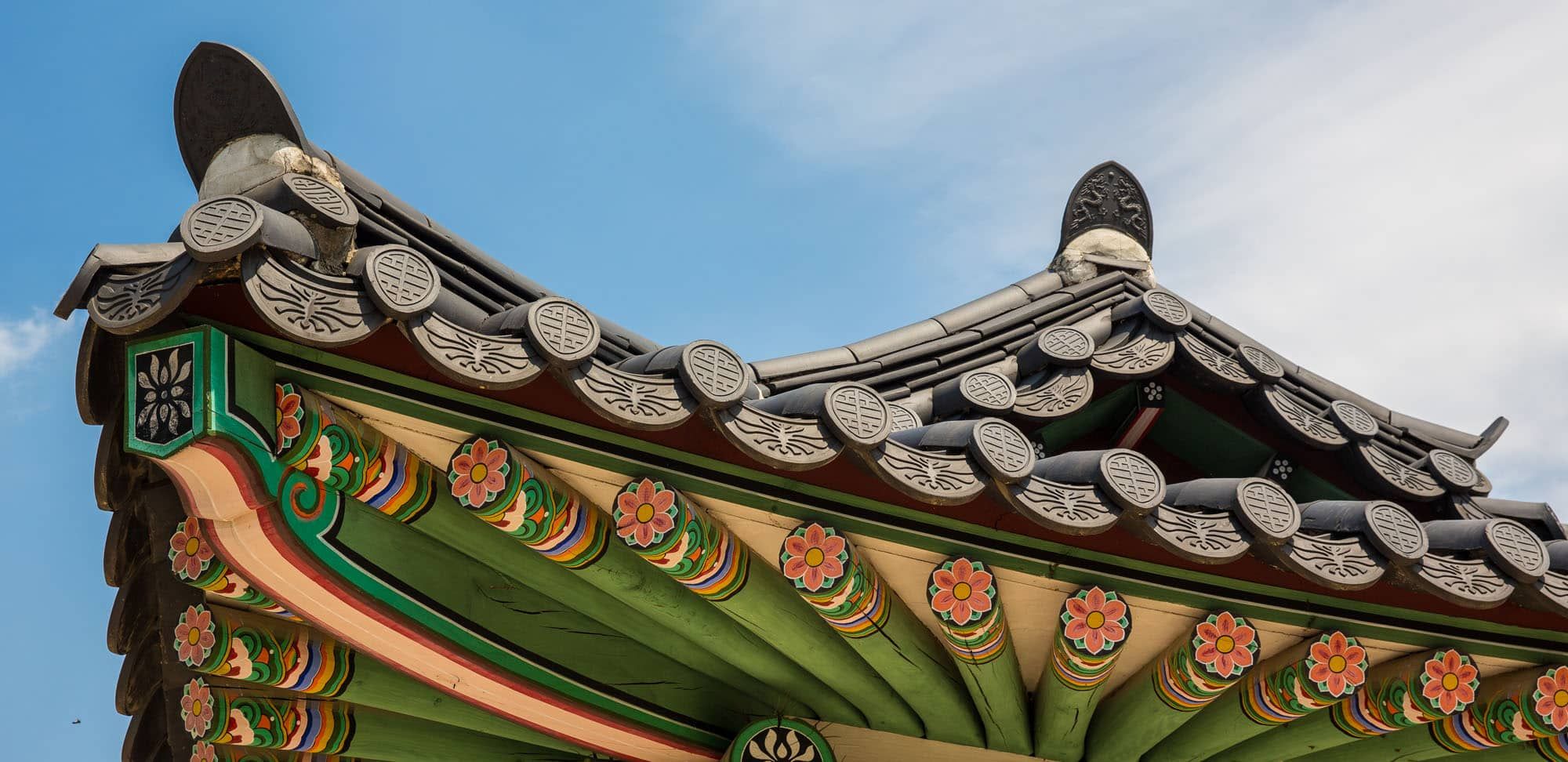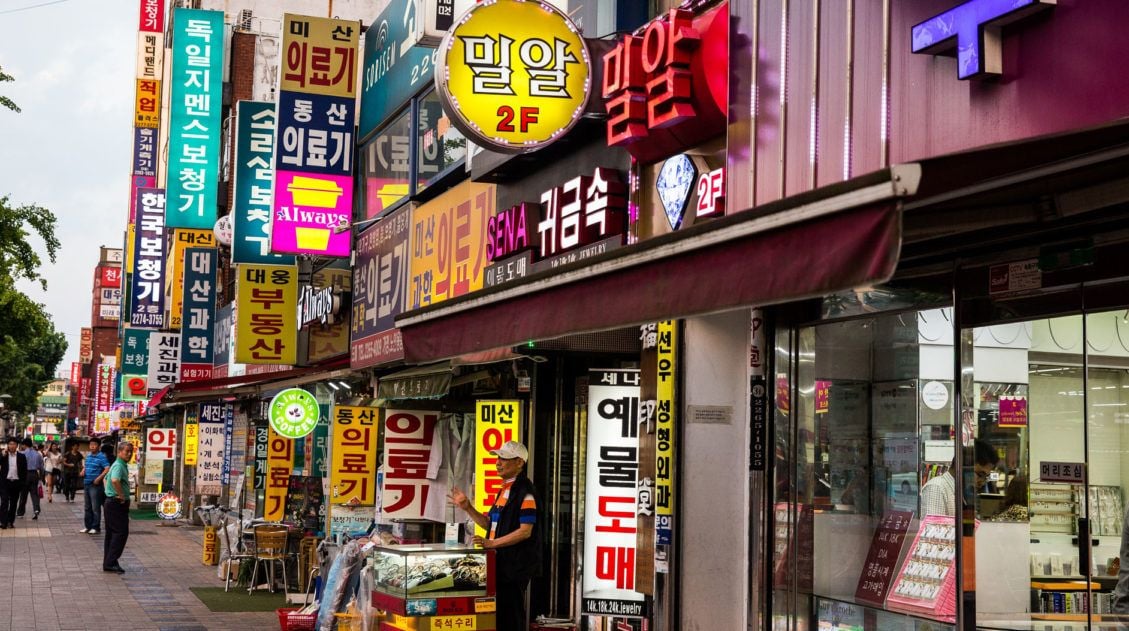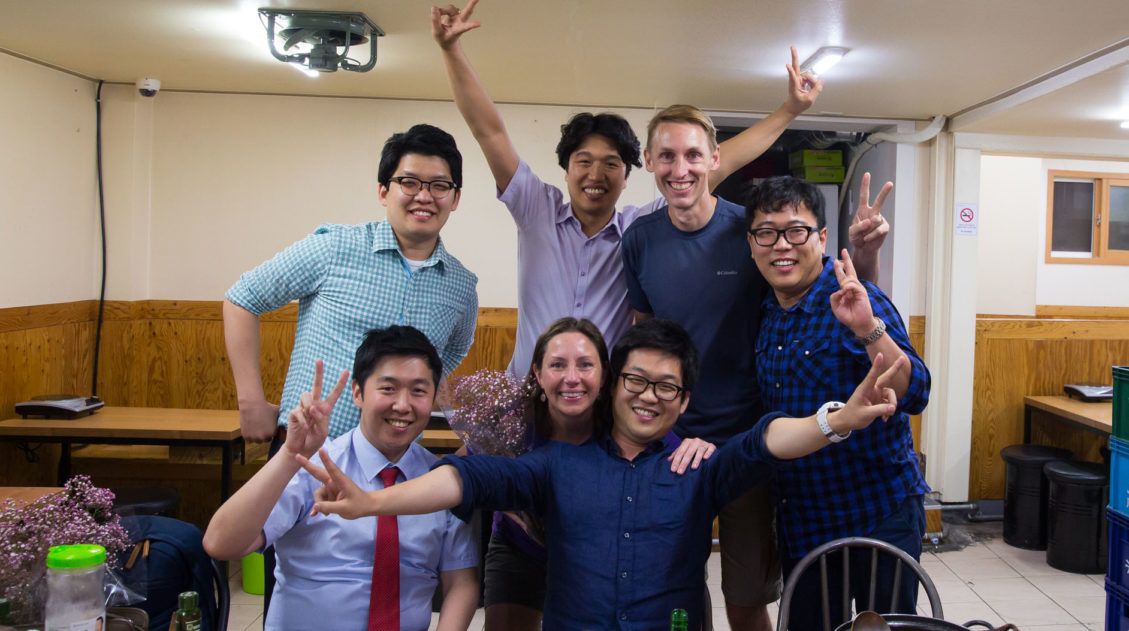South Korea Travel Guide
South Korea effortlessly combines futuristic conveniences with ancient temples, pop music with serene tea houses, and delicious local cuisine with lively nightlife, creating an incredibly fun and enchanting destination that seamlessly blends the modern with the traditional.
South Korea Stats
Official Language: Korean
Population: 52 million
Capital City: Seoul
Currency: South Korean won
Power Outlet: Type C and F
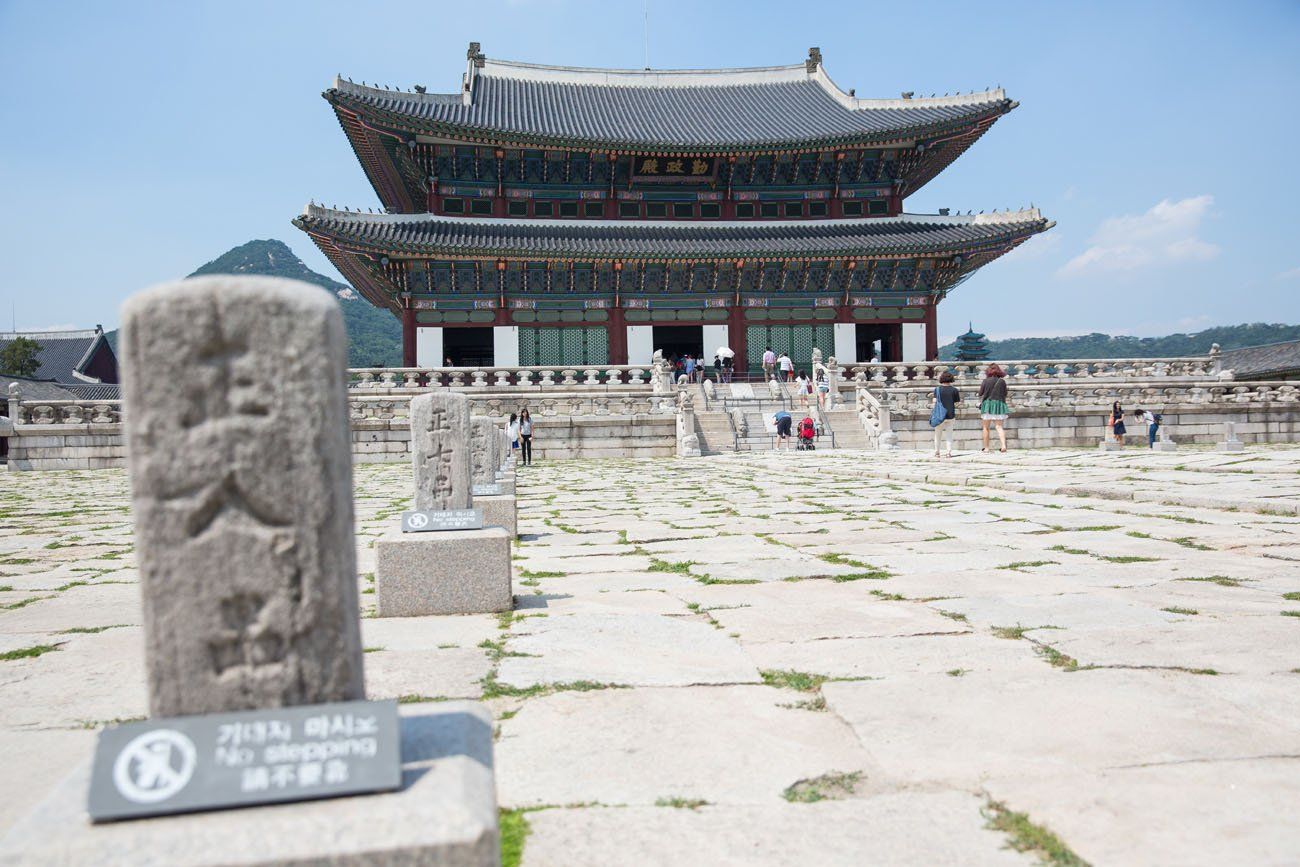
Seoul
48 Hours in Seoul, South Korea
We had just 48 hours in Seoul, just enough time to see the capital of South Korea before flying south to the island of Jeju, South Korea’s playground. While planning our time in South Korea, I read that there was not much to see and do in Seoul. One day is sufficient and two days are […]
Making New Friends in South Korea
It was our last night in Seoul. I had just finished doing the laundry and preparing our things for our early flight to Jeju the next morning. It was 9 pm and Tim and I were hungry so we decided to go out and get a quick bite to eat. Leaving Tyler and Kara in […]
Jeju Island
Jeju, a small island off of the southern coast of South Korea, is a hotspot of tourism for Chinese, Japanese, and Korean tourists. The island has great hiking in Hallasan National Park, as well as shopping areas, small amusement parks, various museums, and beaches.
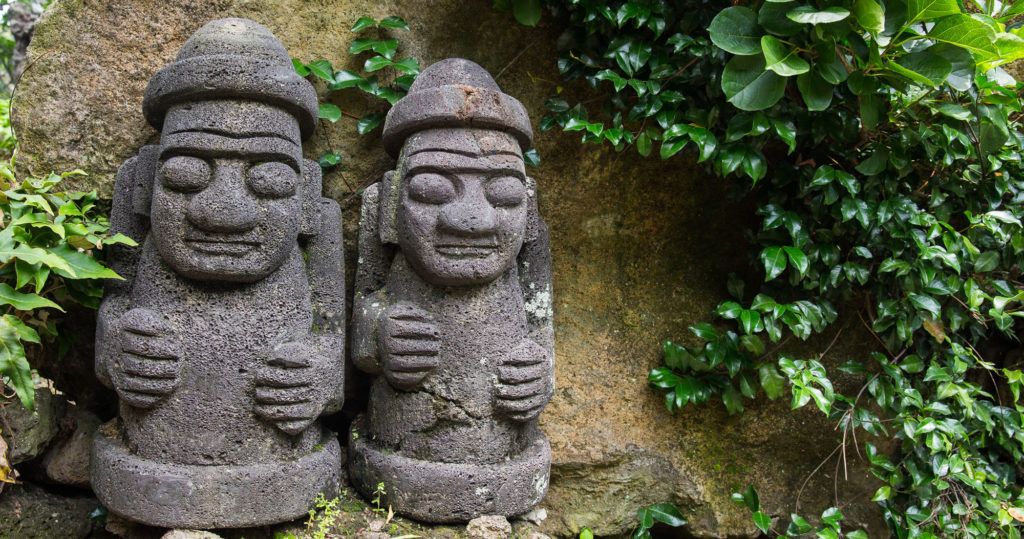
Jeju, South Korea in Photos
Top Experiences in South Korea
Seoul: Seoul is a vibrant city with an inviting culture, large markets, futuristic neighborhoods, themed cafes, and culinary surprises. Explore historic palaces like Gyeongbokgung and Changdeokgung. While there may not be a lot to strictly see and do in Seoul, the joy of this city comes from embracing the culture and making friends over Soju and Korean Barbeque.
Jeju Island: Jeju, a small island off of the southern coast of South Korea, is a hotspot of tourism for Chinese, Japanese, and Korean tourists. The island has great hiking in Hallasan National Park, as well as shopping areas, small amusement parks, various museums, and beaches. Visiting Jeju is most worth it if traveling with kids, for they will love maze land and the trick eye museum, but otherwise we did not find it to be a spot worth going out of the way for.
Busan: The beach-side city of Busan is one of South Korea’s most popular cities to visit. Haeundae Beach, Gamcheon Culture Village, and the Jagalchi Fish Market are some must-visit spots here.
Gyeongju: This historical city served as the imperial capital of the Silla dynasty for more than 1,000 years. Today you can see the remnants of the once great dynasty, including the Bulguksa Temple, Seokguram Grotto, and the Daereungwon Tomb Complex.
Jeonju: Jeonju is a traditional Korean city with modest hanok houses and delicious local cuisine. Wander the city streets and see Jeondong Cathedral, Pungnam Gate, hop into museums, and taste Korea’s best bibimbap.
Bukhansan National Park: With its location just outside of Seoul, Bukhansan National Park is a highly trafficked park but it is also beautiful with granite peaks, Buddhist temples, and lookouts over Seoul.
Seoraksan National Park: Seoraksan is one of South Korea’s prettiest locations, with high granite peaks, dramatic waterfalls, dense foliage, and Buddhist temples, and Buddha statues. Trails range from easy to challenging, perfect for all travelers, and it is located only 2 hours from Seoul. But, this park can get crowded. If you are looking for a more remote National Park, Jirisan may be a better destination for you.
Best Time to Visit South Korea
The ideal time to visit South Korea is in the spring and fall. From mid-March to early-April you can witness the cherry blossoms bloom, meanwhile in October the country is adorned with vibrant fall foliage.
June, July, and August bring hot weather and high humidity in the cities. July is the peak monsoon season, so this can be an especially bad month to visit.
South Korea experiences cold winters and dense snowfalls, so we don’t recommend traveling here at this time.
